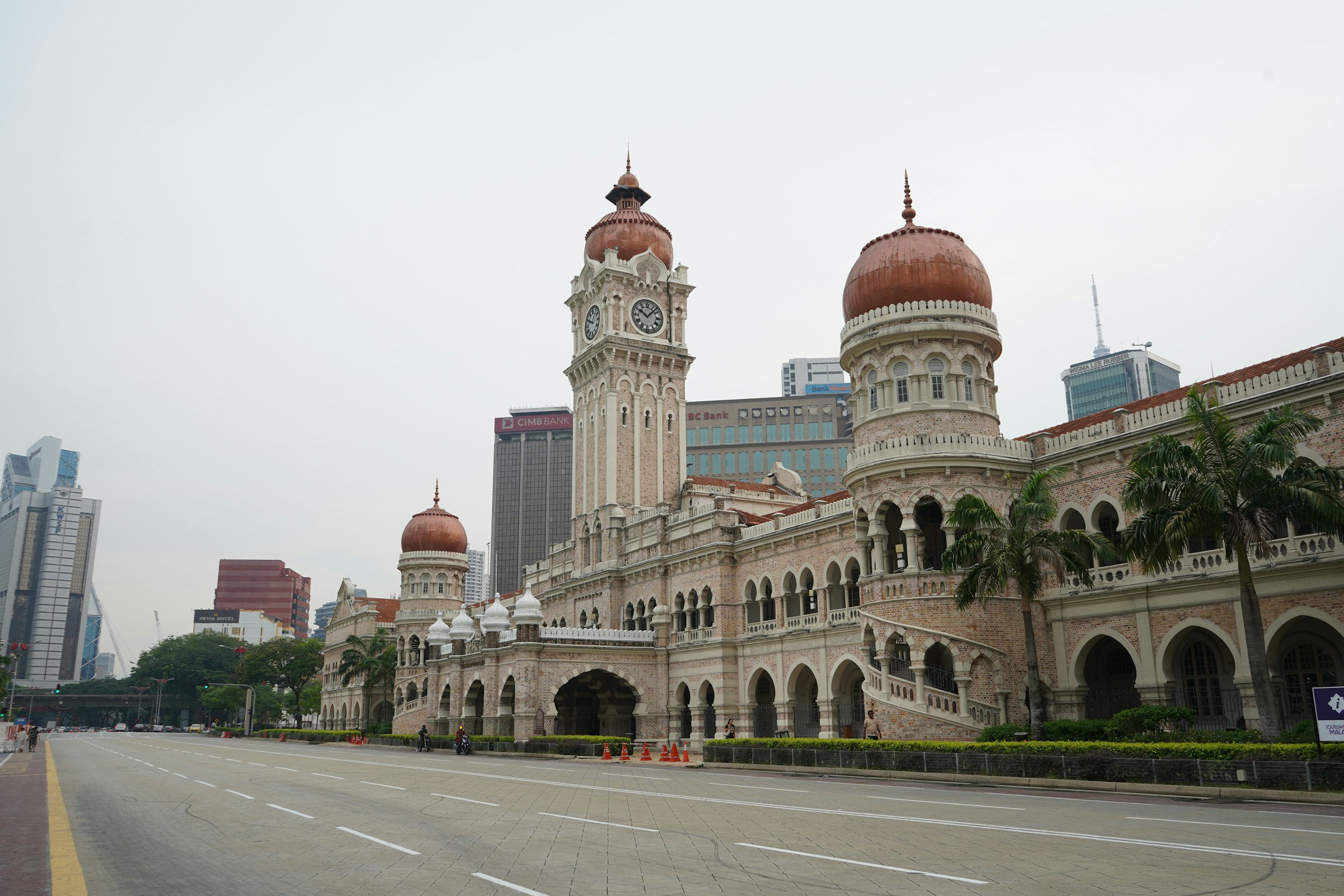Bursa Malaysia’s modest morning recovery on Thursday appears unremarkable at first glance. A fractional uptick in the FBM KLCI—rising just 0.06 points—suggests local investors are discounting Wall Street’s overnight gains with typical caution. But behind this near-static market behavior lies a more consequential macro tremor: the White House’s floated plan for a 100% tariff on imported semiconductors not tied to US domestic production.
This isn’t simply a posturing move in an election cycle. It is a signal of active economic weaponization of global semiconductor supply chains. And for Malaysia—long positioned as a crucial midstream packaging and testing node in the chip value chain—the implication is clear: production proximity now dictates policy preference.
President Trump’s latest tariff signaling follows a familiar logic, but the specificity and scale proposed here suggest a deeper structural realignment. The exemption for US-domiciled or committed manufacturing plants makes the message plain: US industrial policy is no longer reactive—it is selectively protectionist.
For Malaysian capital markets, this announcement carries two dual-risk vectors: first, direct revaluation pressure on semiconductor-exposed equities (e.g., Inari Amertron); second, a broader capital sentiment softening toward emerging market suppliers deemed non-strategic under a redefined US industrial playbook.
The move dovetails with Apple’s announcement of an additional US$100 billion investment in domestic production, taking its planned total to US$600 billion. The contrast between policy threat and corporate capital alignment should not be ignored. Washington is using tariffs to shape where the next generation of high-margin manufacturing will sit—and increasingly, that’s within American borders.
Unlike the 2018–2019 tariff waves, which largely punished China-origin goods and sparked reactive supply chain diversification across Southeast Asia, this round of tariff talk is narrower but more instructive. It rewards commitment to American industrial base rebuilding, not just origin substitution.
Malaysia, home to several global semiconductor back-end facilities, is exposed not because of volume, but because of perceived strategic fungibility. In simpler terms: Washington believes it can replace Malaysia’s role faster than it can replace wafer fabs in Taiwan or photolithography capacity in the Netherlands.
That perception may be misaligned with real-world execution timelines—but capital doesn’t wait for nuance. Bursa Malaysia’s sideways movement on low volume—139 million shares traded at RM68.11 million—is less a vote of confidence and more a pause for recalibration.
The drag in financials—Public Bank, CIMB, and IHH Healthcare all down two sen—is less a reflection of bank-specific pessimism and more a sectoral weight response to macro ambiguity. Weakness in the Financial Services Index and muted performance in the FBM Emas and FBMT 100 indices confirm that liquidity preference has rotated out of cyclicals, and not yet into high-conviction defensives.
Semiconductor-adjacent counters are starting to reflect this bifurcation. Inari Amertron’s three-sen gain to RM1.89 may look benign, but in context of low breadth (decliners outpaced gainers 176 to 131), it reflects narrow optimism in value-chain positioning, not broad-based faith in policy resilience.
Sectorally, the Energy and Plantation indices declined—indicating commodity-linked exporters are not being viewed as safe havens, at least in this iteration of trade tension.
Malaysia’s position as a non-fabrication node in the chip chain leaves it structurally vulnerable to second-order protectionism. It doesn’t violate tariff rules directly, but it also doesn’t secure carve-outs through scale or irreplaceability.
In contrast, Singapore’s sovereign funds, with stakes in global foundries and longer-duration tech portfolios, may find this tariff posture incentivizing deeper North American alignment—not diversification across ASEAN.
This quiet divergence matters. Policy posture in Malaysia still leans on cost competitiveness and downstream reliability. But Washington’s message is different: only upstream loyalty will be tariff-exempt.
If Malaysia intends to preserve its role in global semiconductor flows, it may need to reframe its offering—not as a passive beneficiary of China+1, but as an active enabler of dual-anchored manufacturing partnerships with the US and its allies.
President Trump’s tariff threat may not materialize in its exact form, but the signal architecture is clear: semiconductor supply chains will be judged not by market logic, but by national alignment.
For Malaysia, the question isn’t whether the FBM KLCI can recover intraday—it’s whether the country’s policy and capital posture reflect the new rules of industrial loyalty. The market didn’t fall. But capital is already listening.











.jpeg&w=3840&q=75)



